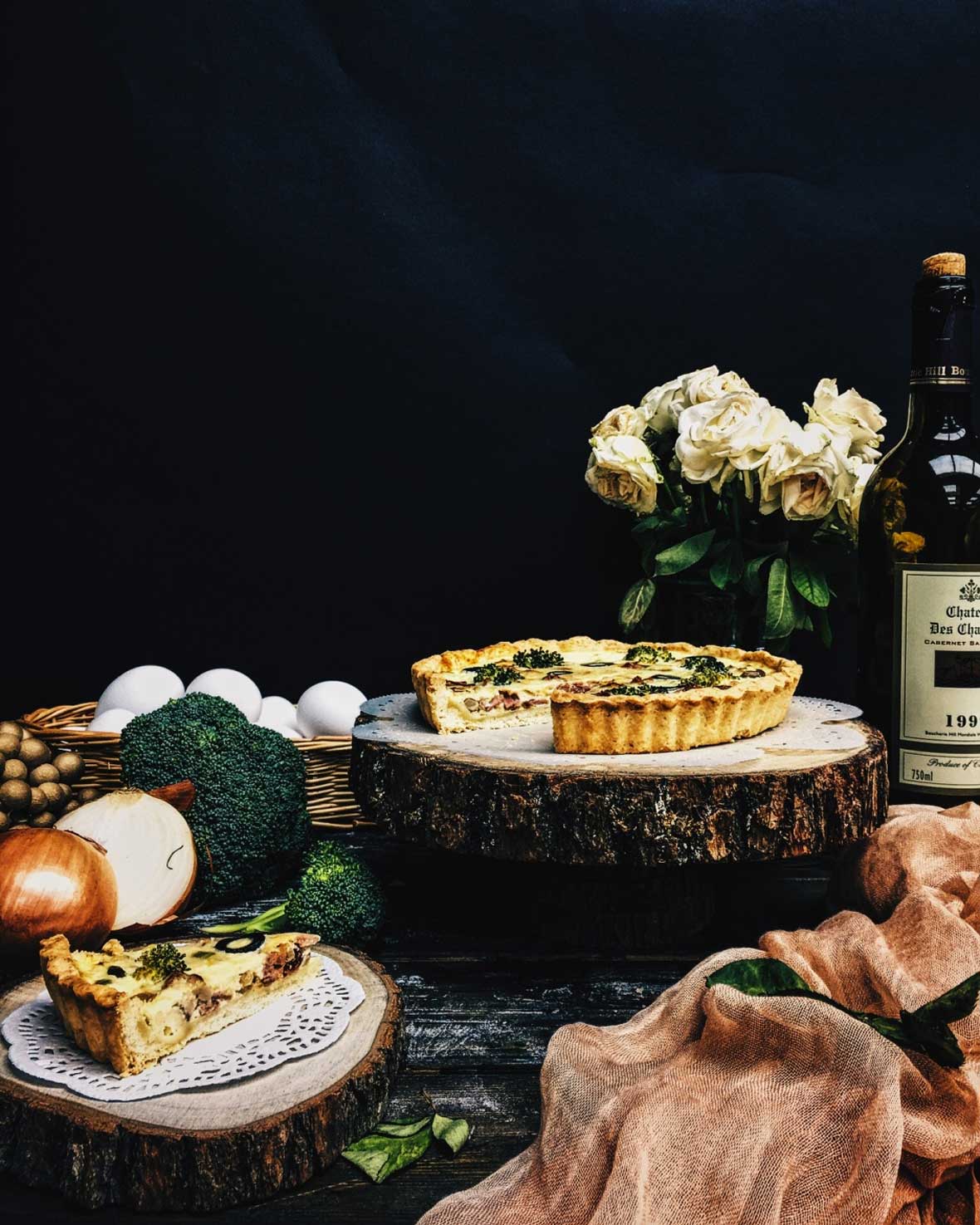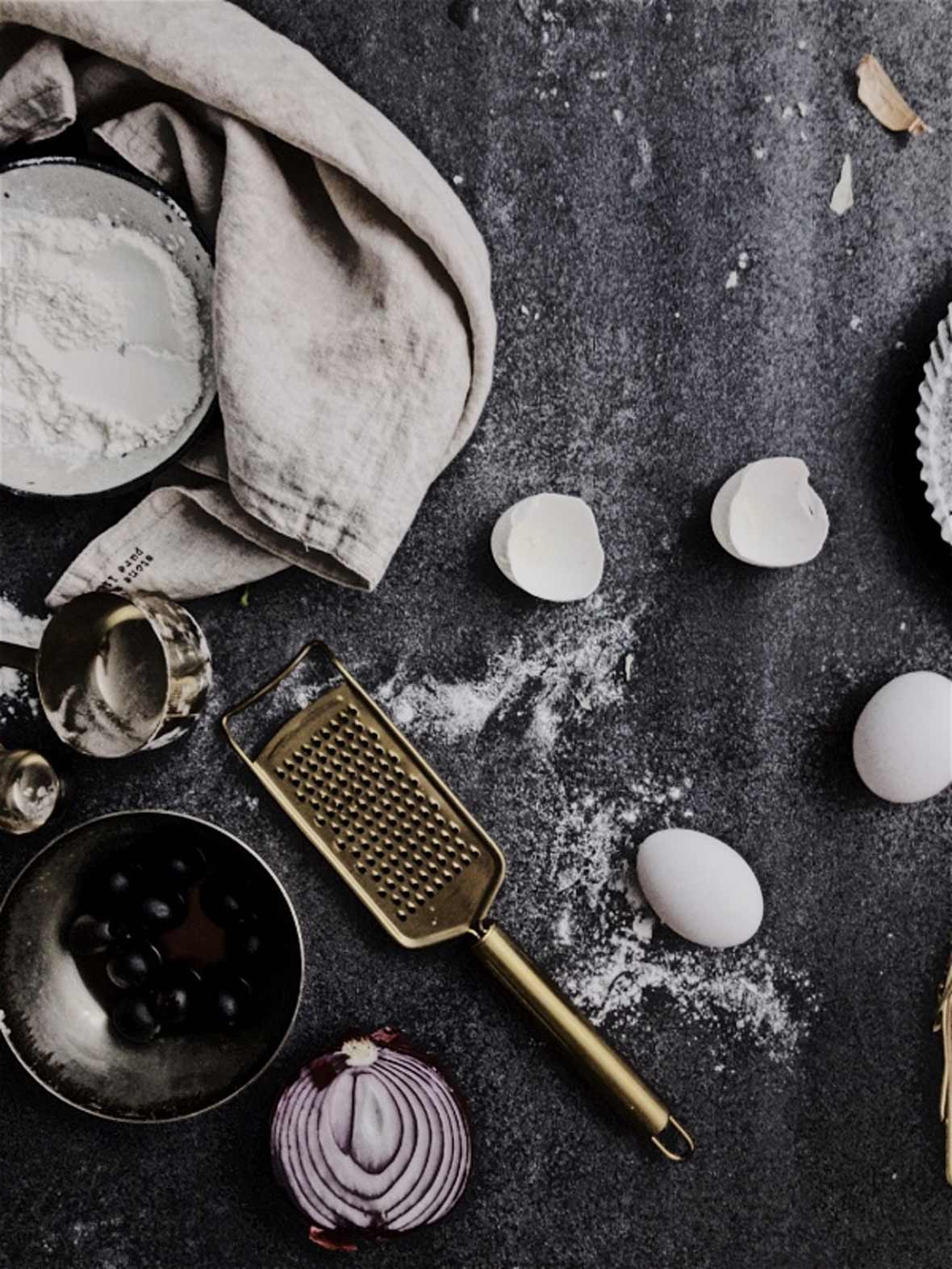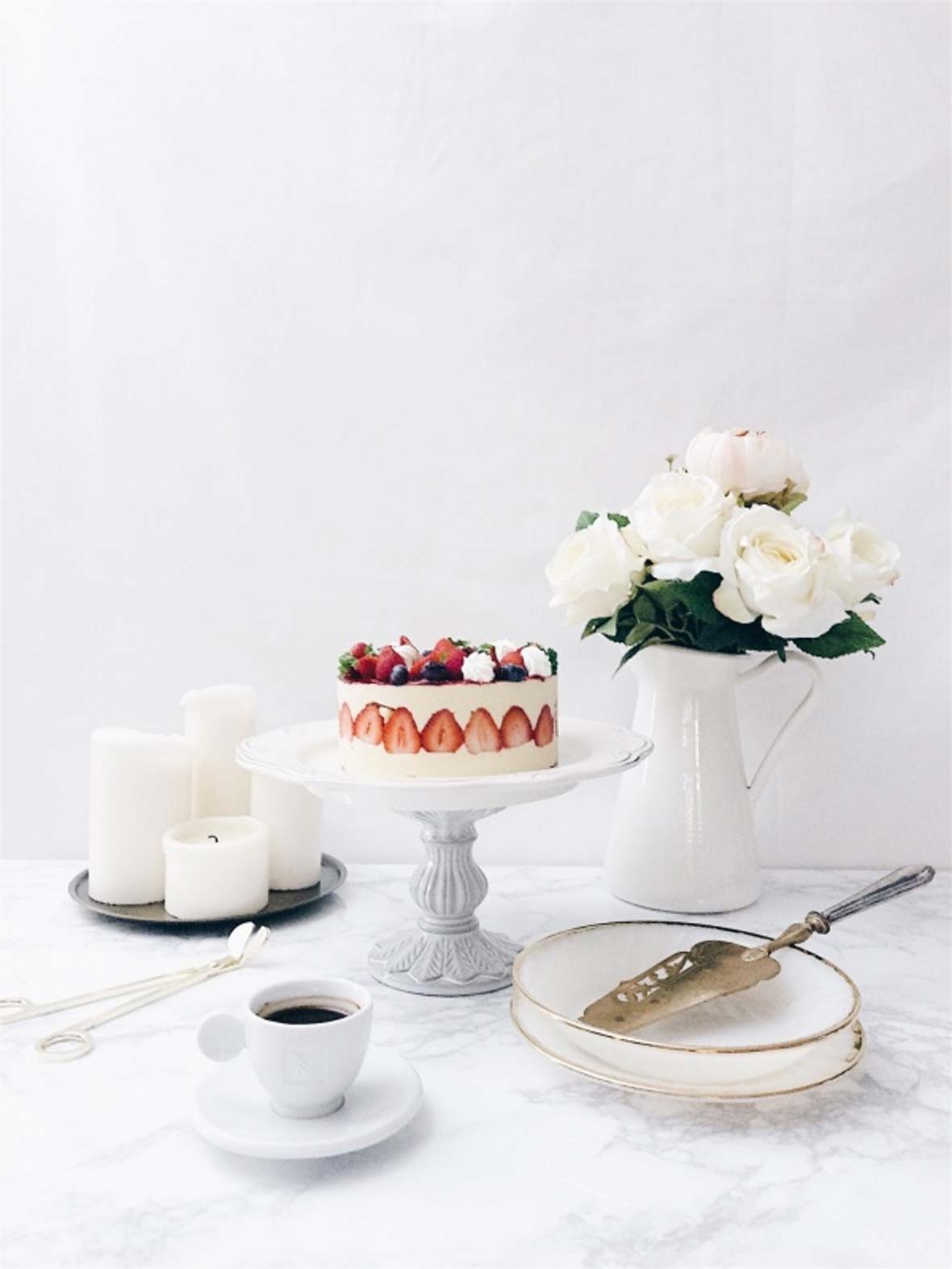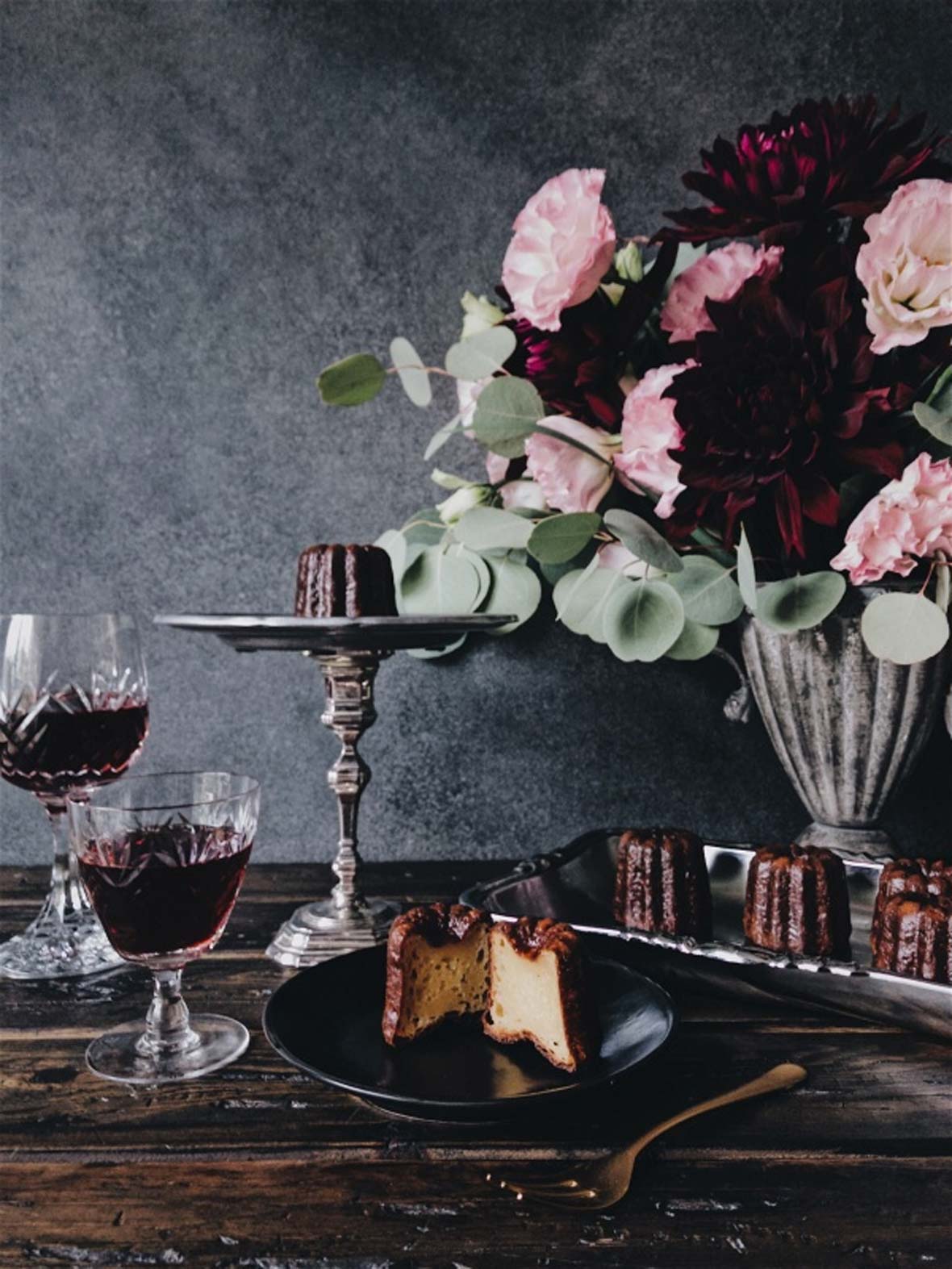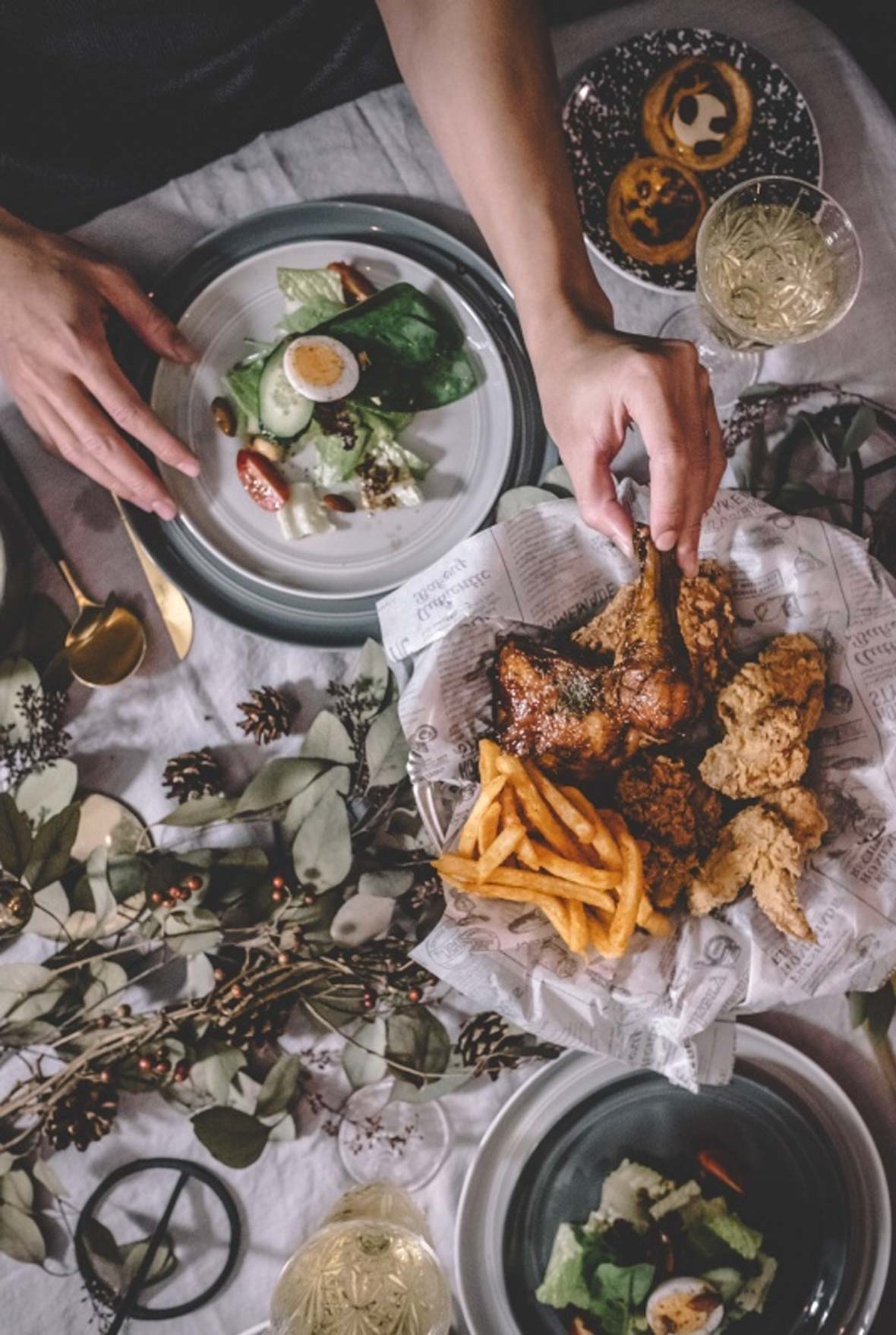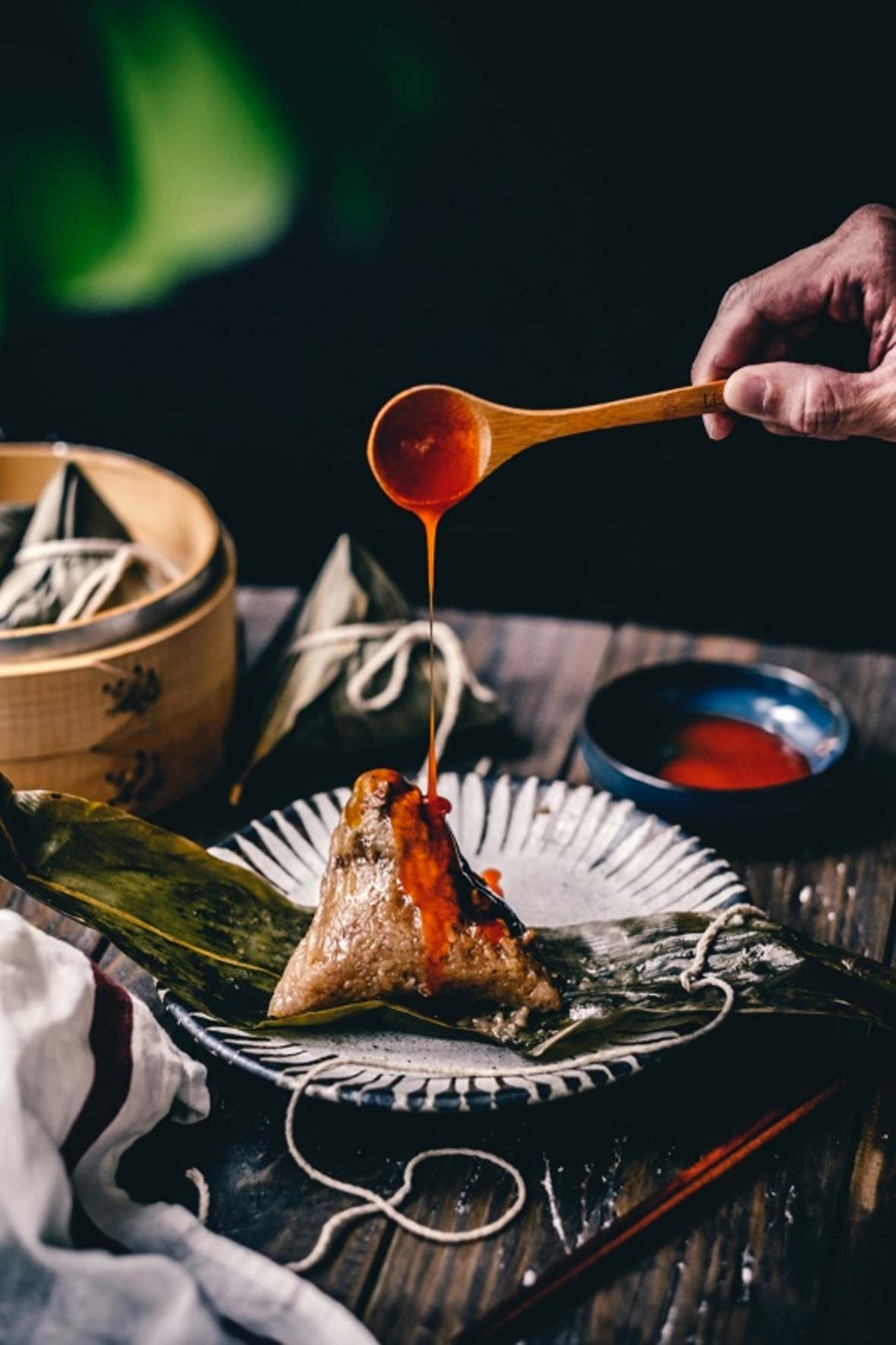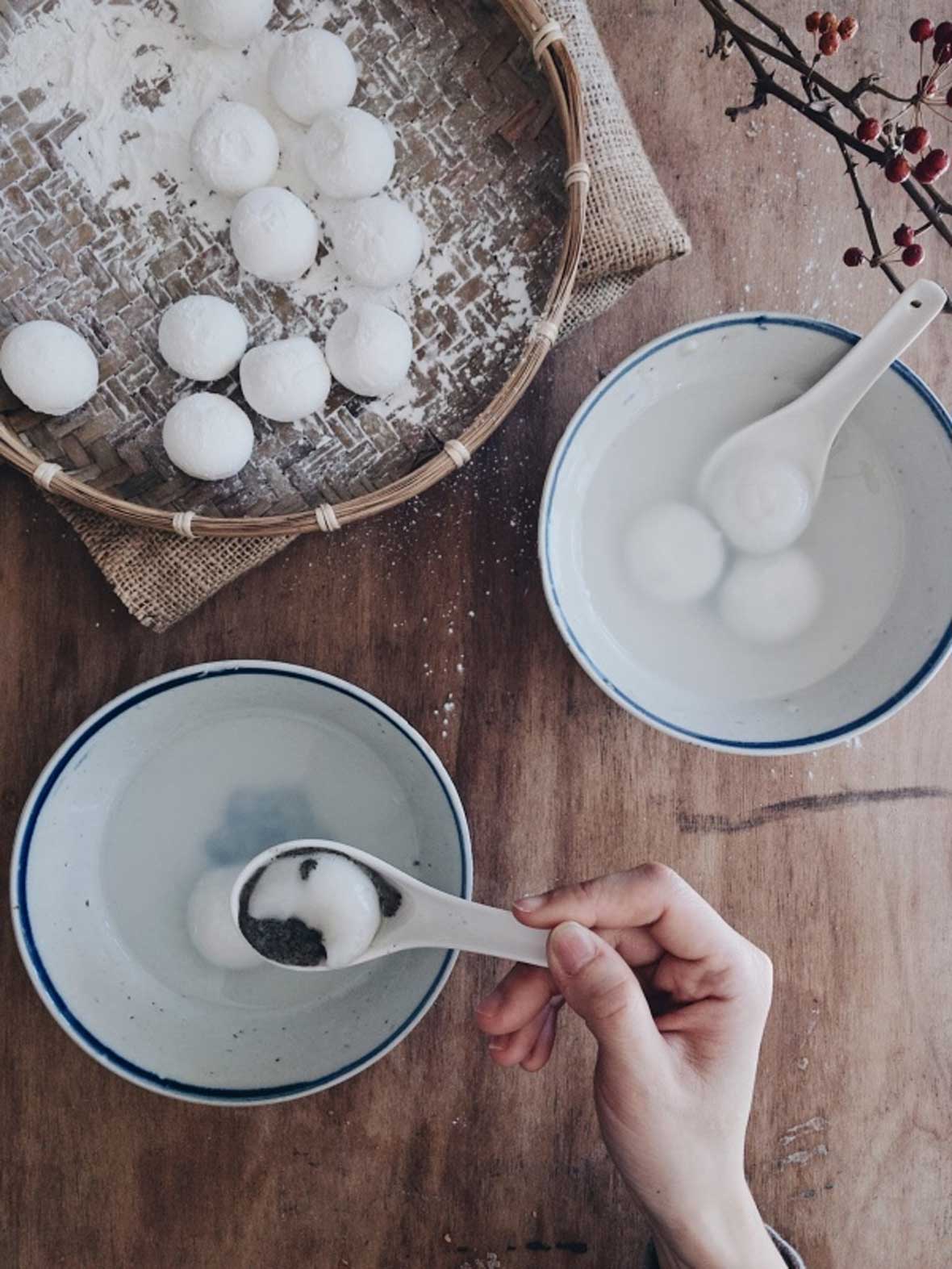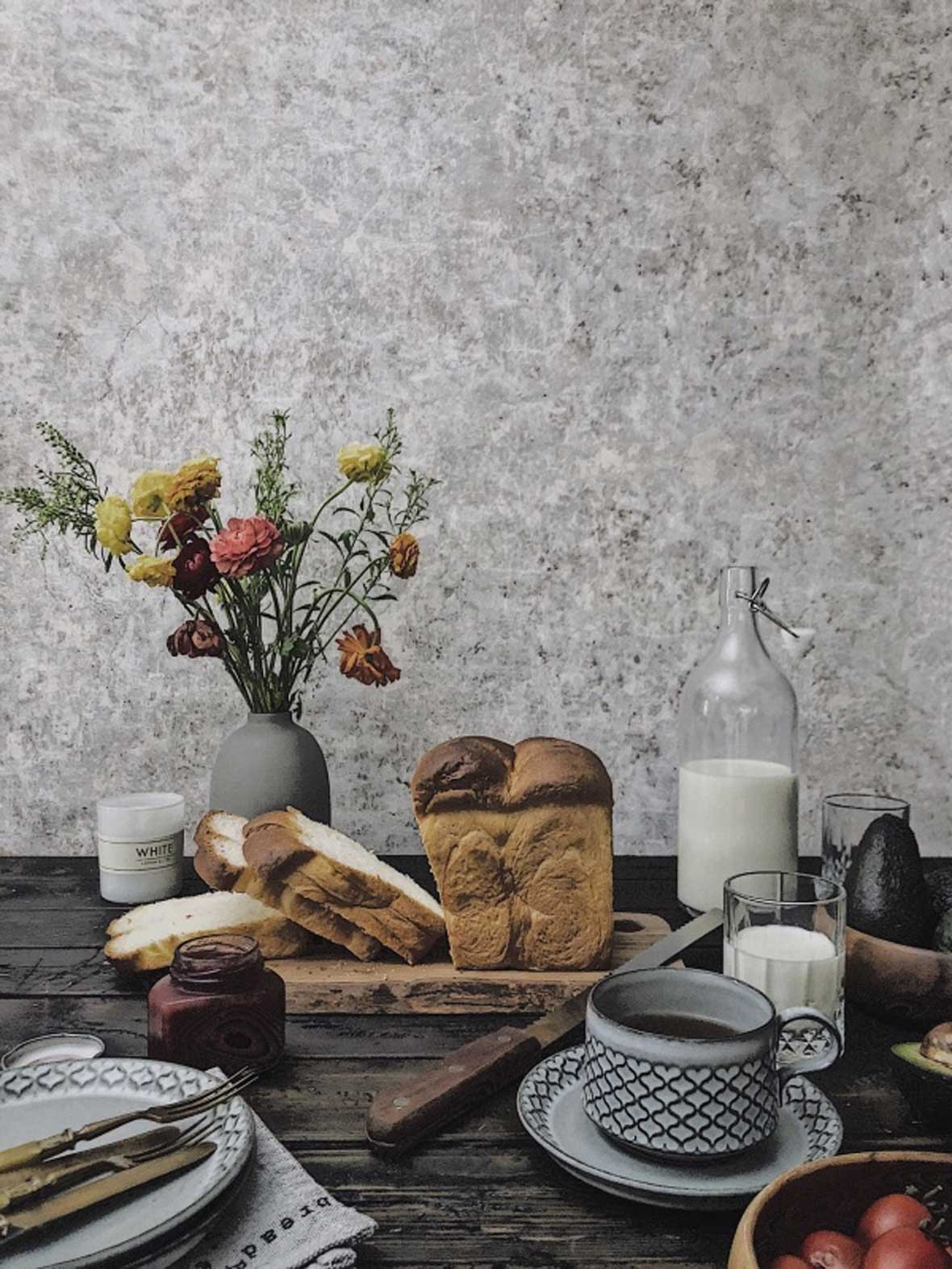
This story is part of a content partnership and media exchange between Neocha and VSCO. VSCO’s membership program is designed to help you reach your creative potential. Take the next step in your creative journey by starting your free 7-day trial today and gain access to the complete VSCO preset library, the newest editing tools, and inspiring educational content.
What started as a daily routine, photographing and sharing her breakfast online, eventually led Stella Liu to a career change. When her food photography drew the attention of a company offering baking workshops in Taiwan, she transitioned from working as a financial management specialist to teaching classes on photography. Liu coaches students how to shoot on their mobile phones and edit with VSCO in order to document their food in a beautiful, appealing way.
Based on her experience shooting food over the last few years, Liu shares advice for improving photos of your cuisine.
本篇文章来自新茶媒体合作伙伴 VSCO 的内容交换。VSCO 是一个专门帮助摄影爱好者发挥创造潜力的会员项目。现在就开启你的 7 天免费试用,获取完整的预设滤镜,以及新的编辑工具、视频编辑和教程内容。
始于一个个人的小习惯,Stella Liu 每天都会拍下她的早餐并在网络上和大家分享,这个举动最后使得她的职业生涯迎来巨大的转变。她的食物摄影引起一家在台湾专门举办烘焙工作坊的公司的注意,于是她从经济管理专员摇身一变,成为摄影师导师,负责教导学生如何用手机拍摄食物,并在 VSCO 上将照片编辑成更美丽、更引人入胜的样子。
基于过去几年来食物摄影的经验,Stella 和我们分享了一些拍摄上的建议:
Document the process
When focused on the final result, it can be easy to forget to capture the process, but the preparation of the ingredients, the cooking, and the plating of a dish are all important stages that tell a story about the food. “Pictures of the cooking process make the audience see the spirit of craftsmanship and understand that you are persistent and passionate about food,” she explains.
“Nowadays, people pay a lot of attention to what ingredients are in the food they’re eating. However, people like to see images more than read text,” she notes. “So photos are an effective way to showcase the ingredients and let the audience know at a glance, ‘Wow! You use premium ingredients to cook!’”
纪录过程
当你一心一意专注在最后结果,很容易就忽略了中间过程。不过备料、烹煮、摆盘等等都是在讲述食物的故事时很重要的一部分。“拍摄这些过程可以让观众看见精巧手艺的灵魂所在,让他们了解你对于食物的坚持和热情。”她解释道。
“现在,人们很在意食物的原料是什么。不过,图像比文字更有吸引力。”她说,“所以照片是一个很有效地展示原料的方式,可以让观众一眼就看得清楚。‘哇!你这些都是上等的原料!’”
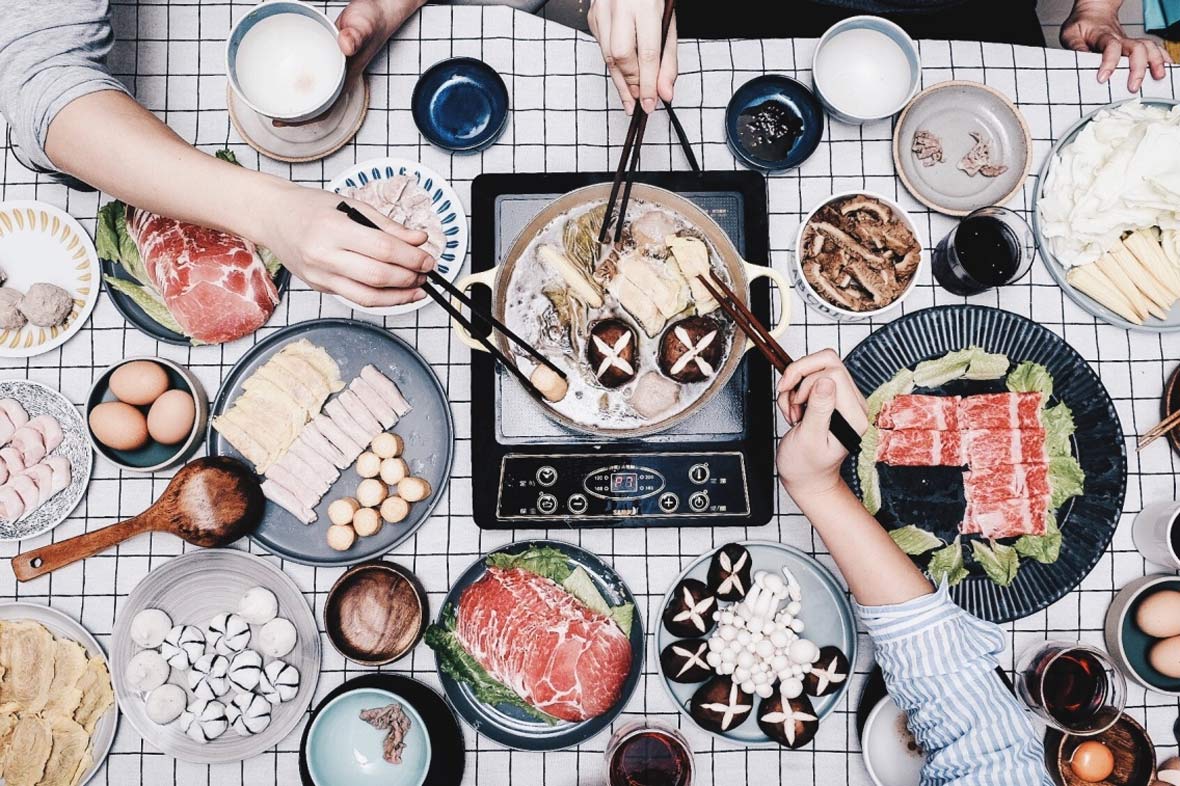
Set a mood
Style a scene to compliment the food and create a mood. For example, in the images below, Liu went for an elegant, romantic theme when photographing her canelé. She achieved this look by selecting a darker background and including antique embellishments. However, for her berry cake, she wanted the overall feeling to be summery and refreshing, which is why she chose a clean, bright background with simple decorations.
营造氛围
设定好布景的风格,有助于衬托食物和营造氛围。譬如说,如下方的照片所示,Stella 在拍摄可露丽时尝试了一种比较优雅、浪漫的主题。她使用了深色的背景和古董道具。而在拍摄莓子蛋糕时,整体感觉是比较夏日、清新的,因此她选择了较为干净、明亮的背景和一些简单的装饰品。
Liu explains her practice, “I often say to my students that powerful pictures can inspire viewers to see more, to imagine the environment beyond the confines of the photo. In this way, it is possible for a photo to convey the sounds and the tastes behind it and make the audience feel they are part of the picture. By carefully choosing the appropriate background, cutlery, and accessories, you can infuse the scene with life and help your audience connect with the image. I tend to use no more than three colors in a single scene and am sure to remove irrelevant objects that could be distracting to look at.”
Stella 进一步解释了她的做法,“通常我会和我的学生说,一张有力度的照片会使观众想看到更多,想像到在景框外发生的故事。通过这种方式,可以让照片传递出声音和味道,让观众觉得自己也参与其中。仔细地挑选背景、餐具、摆设道具,你可以在场景中注入生命、牵起和观众的连结。在一个单一的场景中我习惯使用不超过三种颜色,也会移除掉容易分散注意力的不相关物件。”
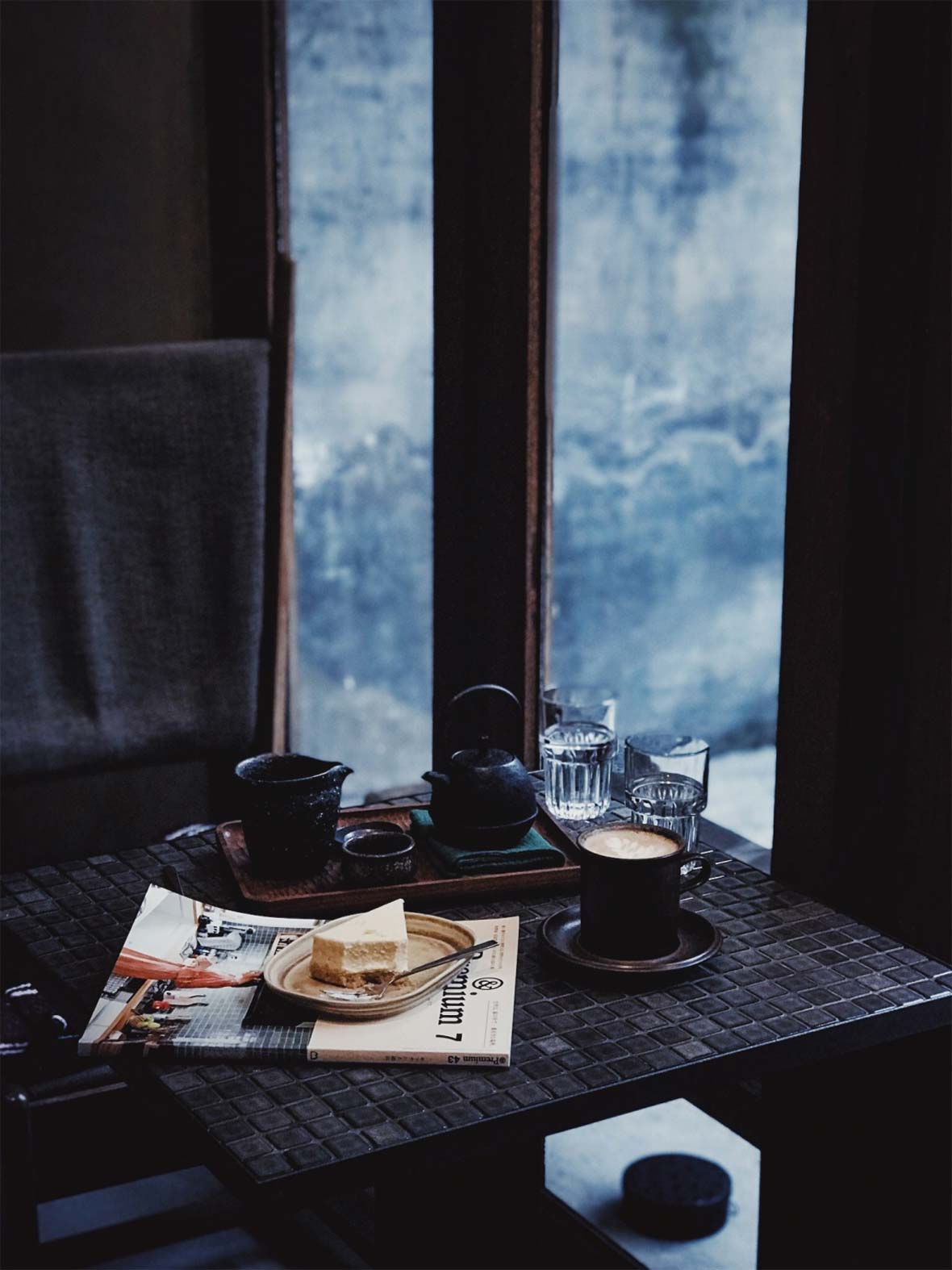
Bring action into the frame
To make a scene come to life, try photographing people interacting with the food. “I’ve found that people show a strong interest in an ‘active’ picture, like hands that are serving or bodies that are leisurely enjoying time at a cafe,” says Liu.
If you want the food to remain the focus, you can keep the identity of the person anonymous by not including their face in the frame. “Body language without revealing facial expressions can allow viewers to imagine more than what they observe,” Liu points out. “The viewers may even think the hands are theirs, about to pick up the food to enjoy!”
将动作带入景框
为了让照片更有活力,试着将你与食物的互动也拍摄进去。“我发现人们对‘互动’的照片有很高的兴趣,例如让正在端菜的手入镜、或是在惬意地享用咖啡的身体。”Stella 说。
如果你依然想要照片中的主角是食物,你可以不要将人脸拍进去,以保持匿名性。“即使没有表情,单单肢体动作就足以让观众想像得到景框外的故事。”Stella 指出这一点。“观众甚至会觉得画面中的手是他们自己的,正要拿起食物享用它!”
Edit with a food-friendly preset
After shooting, experiment to find presets that suit your aesthetic and make the food look even more tempting. “To finish a picture, you need to select a good preset and adjust the details,” Liu says. “I became a VSCO member because I like all the presets that have a film aesthetic. It reminds me of pre-digital times, where a photographer would go into a darkroom to develop a photo.”
While she uses A6, HB1, and HB2 the most, she advises trying out all your options. “The presets can perform in unexpected ways when editing different scenes and themes. So, for example, I wouldn’t limit myself to editing food only with A6. I use all the presets once, choose a favorite, and then adjust the details in the image.”
套用适合食物的滤镜
拍摄之后,尝试看看不同的预设滤镜,找到最适合的一种让食物看起来更诱人。“为了完成照片,你必须找到一个好的滤镜以及调整细节。”Stella 说,“我之所以成为 VSCO 会员,是因为我喜欢里面带有电影色彩的滤镜。它让我想起在数位化之前摄影师必须去暗房来冲洗照片的时代。”
虽然她最常使用 A6、HB1 和 HB2,她依然建议你尝试所有选择。“为了适应不同场景或主题,使用滤镜可以产生出意想不到的效果。所以,我不会只使用 A6,我会把所有滤镜套用一遍,找一个最喜欢的,然后再去调整细节。”
